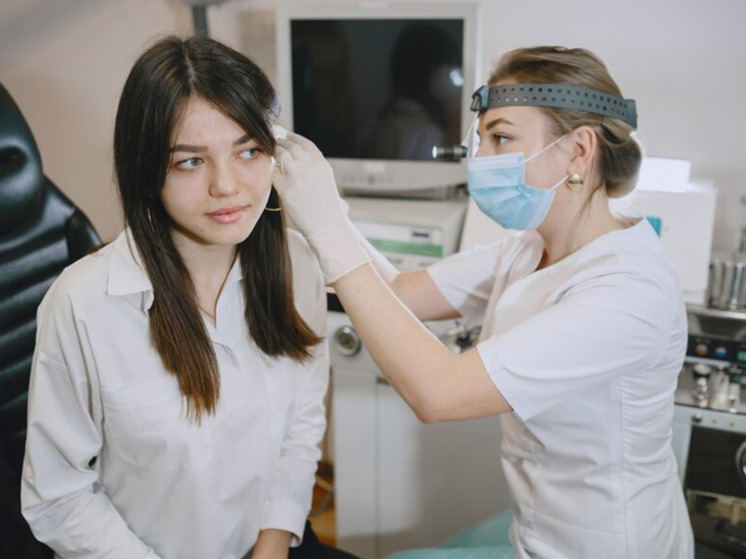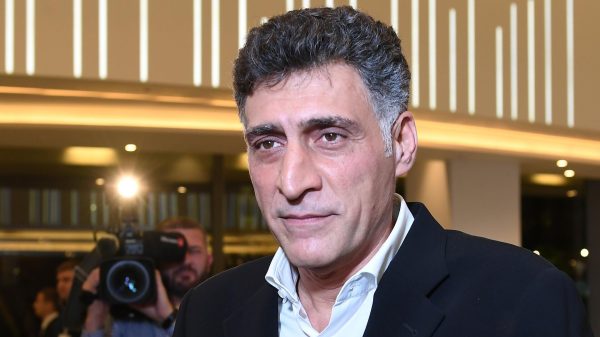A pig's head was used to create the device
A bionic ear prosthesis was first connected to the auricle by Perm and Moscow scientists. Of course, the sink is created artificially, but from the outside the design looks quite natural.

Bionic prostheses are electronic-mechanical devices that can function in place of a lost organ. In 2022, PNRPU created a prosthesis that restores bone conduction of sound. It consists of a fixation system, a microphone, a sound processing unit, a Bluetooth radio module and reception of external audio signals.
The device, according to the researchers, has undergone a series of preclinical tests on a “native pig head” in 2022. “The choice of the pig’s head was driven by the similarity between the auditory systems of pigs and humans,” the university explained. However, later a test bench was created here, in which a cubic polymer tank was used as a simulator of a human head. Sound was transmitted in it as it would happen in human bone tissue.
As MK was told at the university, after the creation of the prosthesis, the question arose of its appearance, reminiscent of a cyborg ear. If there were defects in the native auricle or no ear at all, after the installation of such a prosthesis, many patients experienced stress.
Scientists from Perm, as well as from Perm State Medical University. E.A. Wagner and MGMSU named after. A.I. Evdokimov have developed a technology for manufacturing a silicone auricle for a bionic ear prosthesis. Thus, it turned out to be not only functional, but also aesthetic.
To make the bionic prosthesis look like a real ear, scientists first created a model for the future silicone organ by performing three-dimensional scanning of a large number of ears.
Then, using special software, the model was edited to correctly place the electronic components of the prosthesis. The frame of the electronics compartment was formed using layer-by-layer 3D printing from a special elastic material.
Only after this did the researchers begin printing the primary model of the auricle on a 3D printer, a process that took about a day. This model was then dipped into the casting compound and, once hardened, removed, resulting in a hollow, flexible mold for pouring silicone.
This filling took place in two stages. At the first stage, scientists filled out the form by 80% and placed a printed frame with dummies of the electronic components of the prosthesis, which replicate the original parts in size and weight. At the next stage, the mold was filled with silicone. After this, the dummies were removed and the original components of the prosthesis were installed in the free space, soldering the electrical connections.
According to the developers and creators of the prosthesis with an aesthetic ear, it looks very natural and can be easily removed in case of damage. repair.
— To install the prosthesis, implants-mounts are implanted into the skull; this operation is simple and takes place under general anesthesia,” says the head of the department of otorhinolaryngology of Perm State Medical University named after Academician E.A. Wagner Alexey Elovikov.
If the electronics for a bionic prosthesis can be mass-produced, then a silicone auricle can only be manufactured individually, based on a scan of a healthy human auricle. In the absence of both, their form will be selected from a big data database (digital library), which is gradually formed by specialists.


























































Свежие комментарии